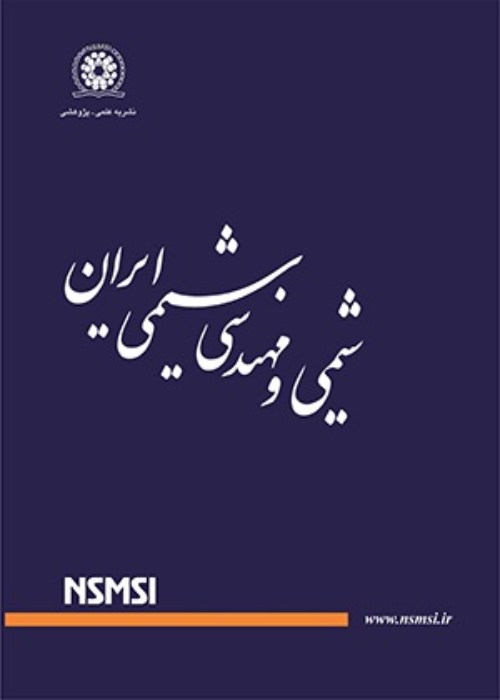Evaluation of Antimicrobial Property of Ag/Fe3O4 Nanocomposites Synthesized with Starch
Silver-iron oxide binary nanocomposites have attracted great attentions due to hybrid unique properties of silver (Ag) and iron oxide (Fe3O4) nanoparticles such as magnetic, optical and antimicrobial properties. Catalytic degradation of organic pollutants, electrochemical sensor and targeted antimicrobial agents are some potential applications of Ag/Fe3O4 nanocomposites. In this study, Ag/Fe3O4 nanocomposites were synthesized using starch as a stabilizer and linker between Ag and Fe3O4 nanoparticles. Their antibacterial and antibiofilm activities against E. coli, P. aeruginosa and S. aureus were evaluated and compared with Ag nanoparticles. The 15–20 nm Ag-nanoparticles adhered as single particles to the agglomerations of 2-10 nm Fe3O4 nanoparticles. MIC and MBEC of the nanocomposites, depending on cell types and producing conditions, were 2-14 ppm and 20-30 ppm, respectively. In the presence of nanocomposites at a half of MIC concentration, Lag phase of growth curve of E. coli and P. aeruginosa increased about 8h and 5h, respectively. Bare Fe3O4 nanoparticles have no significant effect on growth curve of gram positive and negative bacteria, while Ag/Fe3O4 nanocomposites showed more antibacterial activity against gram negative bacteria than Ag nanoparticles. Antibiofilm activity of Ag/Fe3O4 nanocomposites against P. aeruginosa and Methicillin-resistant S. aureus was significantly more than Ag nanoparticles. Unlike Ag nanoparticles, Ag/Fe3O4 nanocomposites at a MBEC concentration inhibited the increase of biofilm biomass. Amount of starch acted an important role on the nanocomposite antibacterial activity. Evaluation of bacterial death time exhibited that Ag nanoparticles killed tested gram- positive and negative species faster than Ag/Fe3O4 nanocomposites that may be attributed to involvement of Ag nanoparticles in the starch matrix and Fe3O4 agglomerations and subsequently, slow release of Ag ions.
- حق عضویت دریافتی صرف حمایت از نشریات عضو و نگهداری، تکمیل و توسعه مگیران میشود.
- پرداخت حق اشتراک و دانلود مقالات اجازه بازنشر آن در سایر رسانههای چاپی و دیجیتال را به کاربر نمیدهد.


